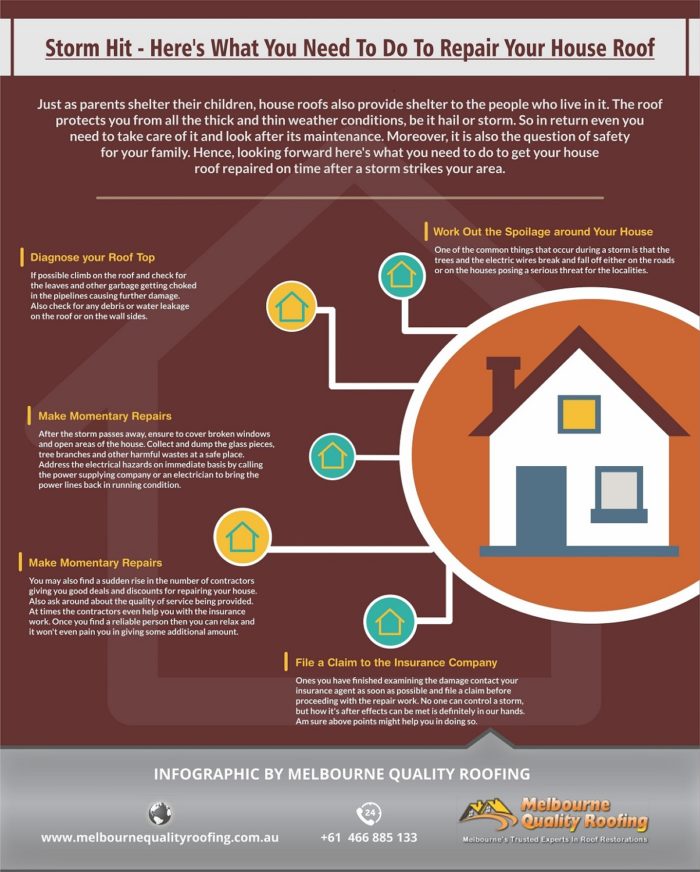The Relevance Of Roof Ventilation In Getting A Successful Setup
The Relevance Of Roof Ventilation In Getting A Successful Setup
Blog Article
Content Develop By-Byrne Vogel
When you're taking on a roof covering job, you could not think much about roofing air flow, however it's even more crucial than you understand. Efficient air flow aids control temperature and dampness in your attic, protecting against problems like mold and mildew and architectural damage. By recognizing just how to make and set up a balanced ventilation system, you can boost energy effectiveness and extend the life expectancy of your roof products. So, what are the crucial aspects to consider throughout installment that can make all the distinction?
Relevance of Roof Covering Ventilation
Roof covering ventilation plays an important role in keeping the overall health of your home. By allowing fresh air to distribute through your attic room, it helps manage temperature level and moisture levels. This balance is important to prevent warm buildup throughout warm months, which can result in boosted energy prices as your cooling works overtime.
Moreover, correct ventilation substantially reduces the risk of moisture-related issues like mold and mildew. If moisture levels rise, your home's architectural honesty can be endangered, bring about pricey repair work. You wouldn't intend to handle deteriorating timber or deformed roof covering materials, right?
In addition, sufficient ventilation prolongs the life-span of your roofing system. When warm and wetness are kept in check, your roof can do efficiently, protecting against premature wear and tear. This suggests less migraines and expenditures down the line.
Exactly How Roof Air Flow Functions
Effective roofing system ventilation depends on the all-natural motion of air to produce a balance in between intake and exhaust. When you mount vents, you're essentially permitting fresh air to enter your attic room while making it possible for warm, stagnant air to leave. This procedure aids regulate temperature level and dampness degrees, protecting against issues like mold growth and roofing damages.
Intake vents, commonly located at the eaves, attract amazing air from outside. Meanwhile, roofing contractor near me , located near the ridge of the roof, let hot air rise and departure. The distinction in temperature level creates an all-natural air flow, referred to as the pile impact. As cozy air increases, it creates a vacuum that draws in cooler air from the reduced vents.
To maximize this system, you need to make sure that the intake and exhaust vents are properly sized and positioned. If the intake is restricted, you will not achieve the desired air flow.
Also, check out the post right here can catch heat and wetness, bring about possible damage.
Secret Setup Factors To Consider
When mounting roof covering ventilation, numerous essential factors to consider can make or damage your system's efficiency. Initially, you need to assess your roofing's layout. learn more , form, and materials all influence air movement and ventilation choice. Make certain to choose vents that suit your roofing system type and local climate problems.
Next off, think about the placement of your vents. Preferably, you'll want a well balanced system with consumption and exhaust vents positioned for ideal airflow. Place intake vents low on the roofing system and exhaust vents near the optimal to encourage an all-natural flow of air. This setup aids prevent wetness build-up and advertises power efficiency.
Do not ignore insulation. Proper insulation in your attic avoids warm from leaving and keeps your home comfy. Make certain that insulation does not block your vents, as this can prevent airflow.
Lastly, think about maintenance. Choose air flow systems that are easy to access for cleansing and examination. Regular upkeep guarantees your system continues to operate properly gradually.
Final thought
Finally, roof covering ventilation is crucial for an effective installation. By making certain proper air movement, you can prevent heat buildup and wetness concerns that bring about expensive damage. When you purposefully placement intake and exhaust vents, you enhance power efficiency and prolong the life expectancy of your roof. Remember, a well-ventilated roof covering not only safeguards your financial investment yet additionally boosts your interior air quality. So, prioritize ventilation to guarantee a resistant and cost-efficient roof for your home.
